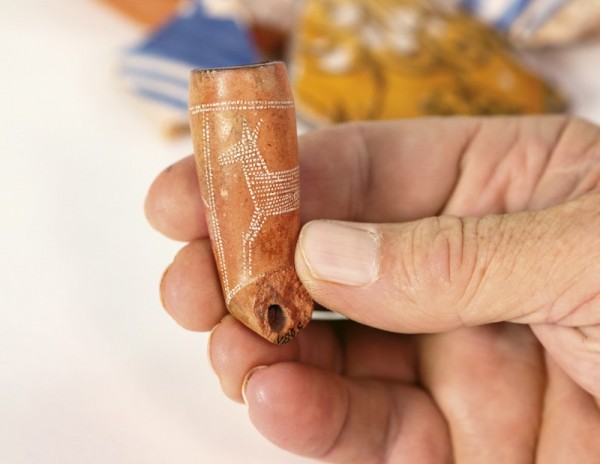
Pipe bowl, recovered from 44VB48, Virginia Beach, Virginia, ca. 1640–1680. Earthenware. H. 1 15/16". (Courtesy, Virginia Department of Historic Resources; unless otherwise noted, all photography by Brian Palmer.)
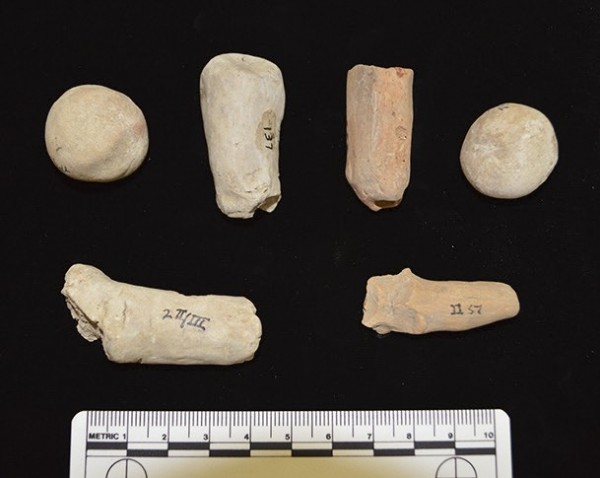
Pipe-making waste from the Nomini site (44WM12), Westmoreland County, Virginia, ca. 1650. (Courtesy, Virginia Department of Historic Resources; photo, Lauren McMillan.)
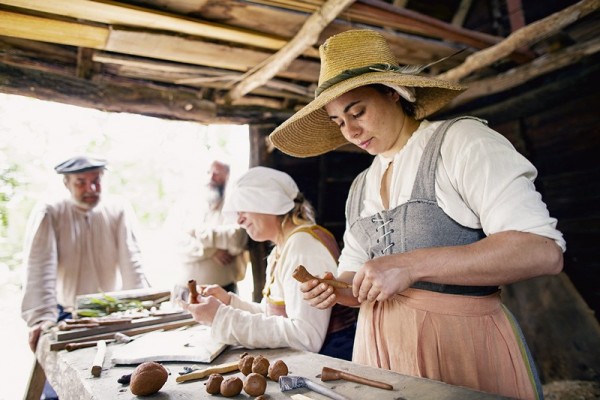
Often practiced by women, making pipes was an accessible craft which required only clay, a cane, and a fire.
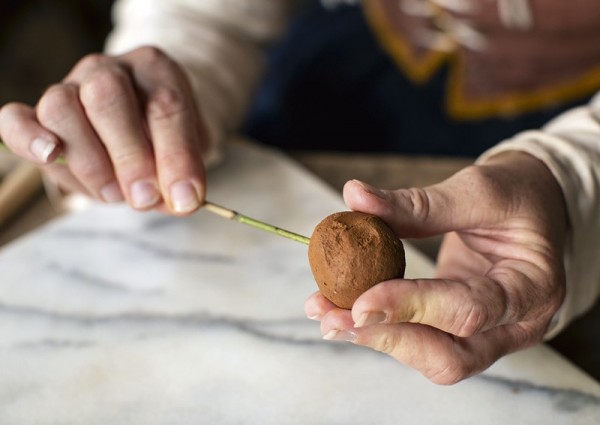
The process begins with clay as the most critical ingredient.
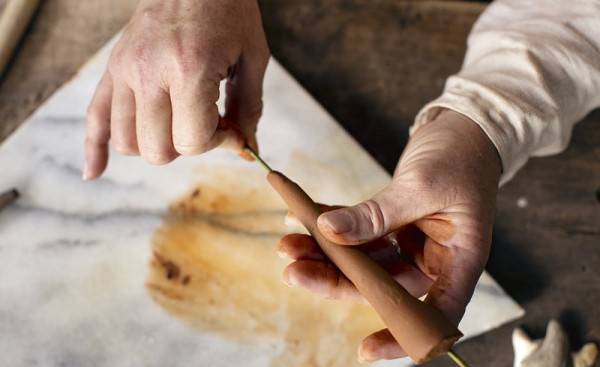
Shaping the tube pipe.

The tube pipe bends into an elbow.
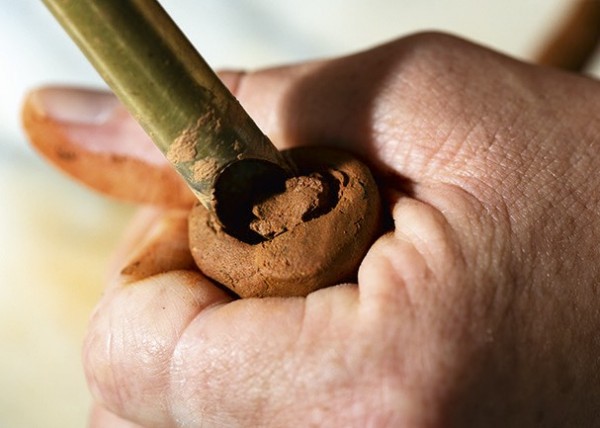
Excavating the bowl of the pipe.

Decorating tools are limited only by the imagination.

Unfired pipes believed to reflect the styles of Algonquian, Iroquoian, and probable Siouan pipe makers.
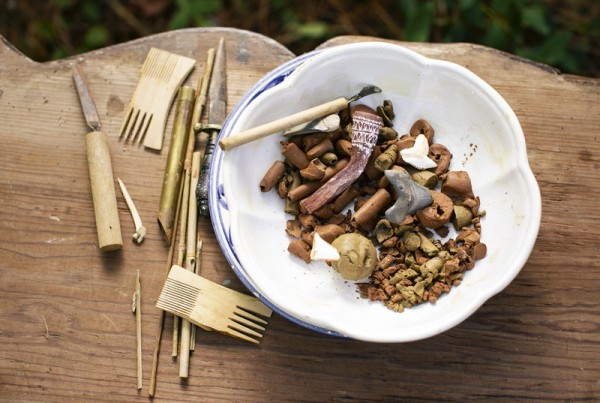
The tools and the trimming waste after making thirty-five pipes.

Ironically, pipes are tubes that can be fired in tubes.
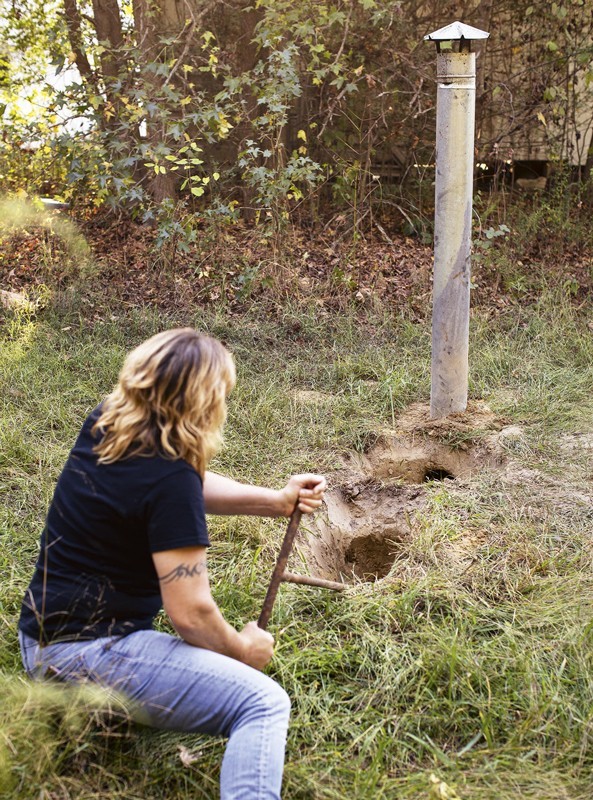
Augering the stoke hole.
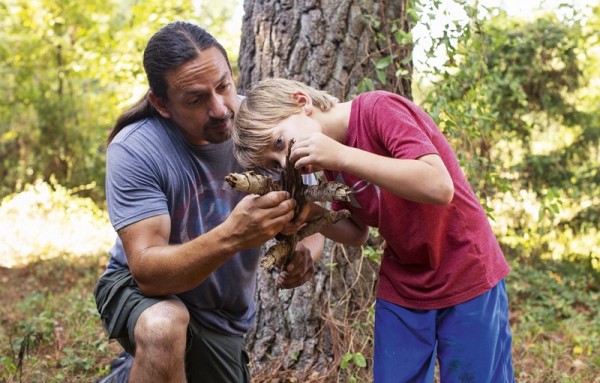
Pine knots provide the fuel.

Preparing to ignite the experiment.

Sealing the kiln.
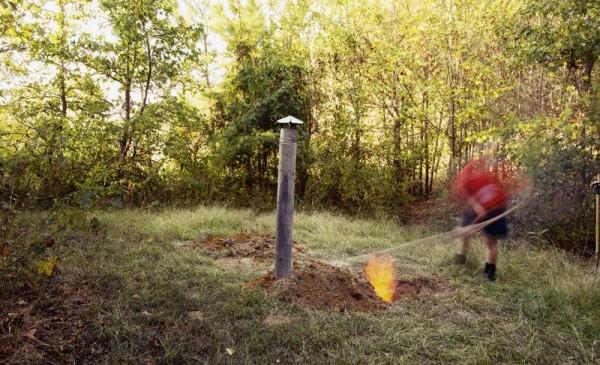
Fire in the hole, not the kiln.
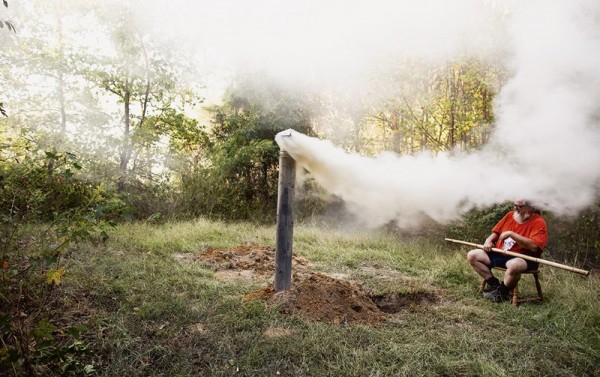
Life is an experiment, full of surprises.
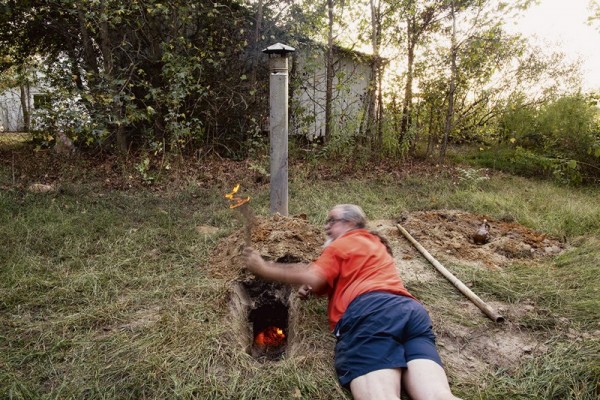
The dragon is alive.

Opening the big present on Christmas morning.

And . . . DISASTER.
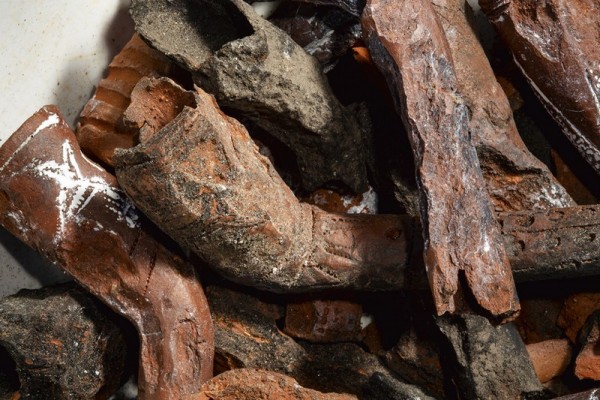
Grisly results—the bone fragments of cremated pipes.
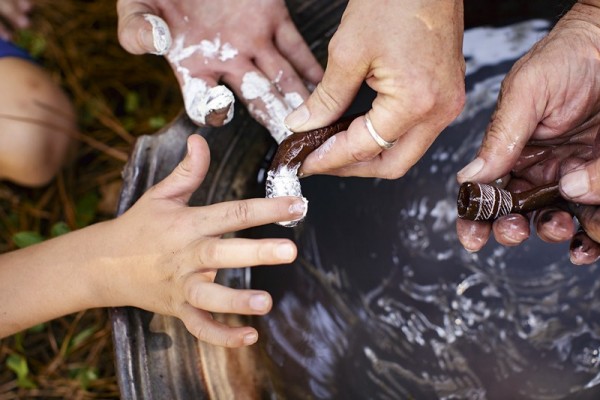
Revealing the secret of the white inlay.
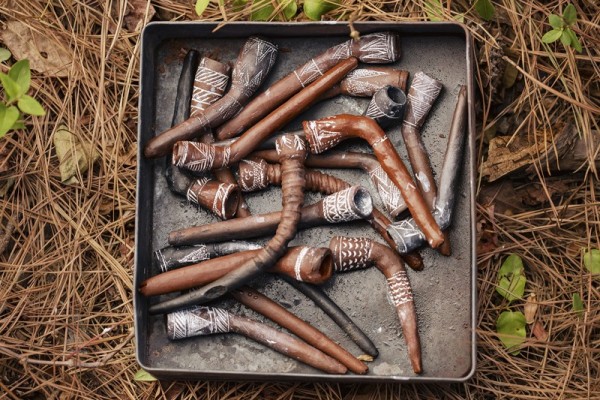
The latest harvest.
